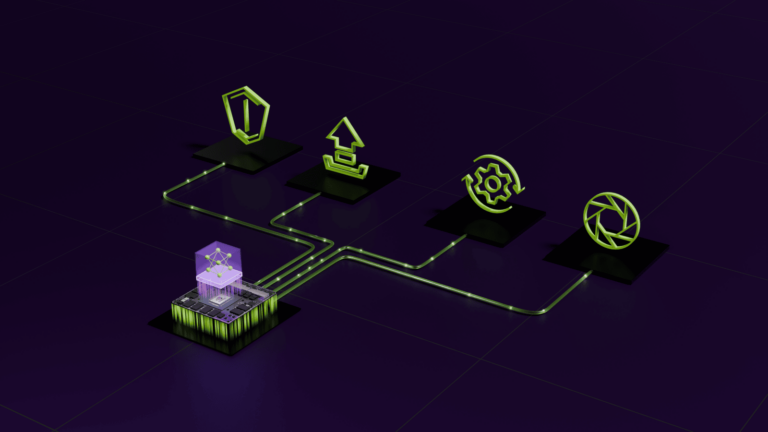 NVIDIA JetPack has continuously evolved to offer cutting-edge software tailored to the growing needs of edge AI and robotic developers. With each release,…
NVIDIA JetPack has continuously evolved to offer cutting-edge software tailored to the growing needs of edge AI and robotic developers. With each release,…
NVIDIA JetPack has continuously evolved to offer cutting-edge software tailored to the growing needs of edge AI and robotic developers. With each release, JetPack has enhanced its performance, introduced new features, and optimized existing tools to deliver increased value to its users. This means that your existing Jetson Orin-based products experience performance optimizations by upgrading to…

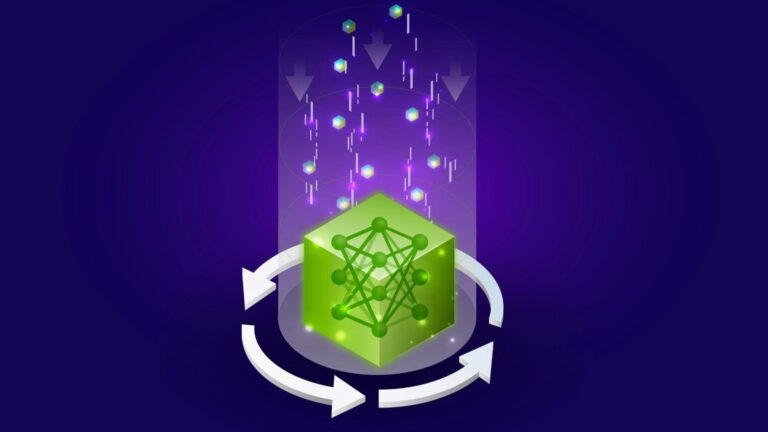 For organizations adapting AI foundation models with domain-specific data, the ability to rapidly create and deploy fine-tuned models is key to efficiently…
For organizations adapting AI foundation models with domain-specific data, the ability to rapidly create and deploy fine-tuned models is key to efficiently… AI agents powered by large language models (LLMs) help organizations streamline and reduce manual workloads. These agents use multilevel, iterative reasoning to…
AI agents powered by large language models (LLMs) help organizations streamline and reduce manual workloads. These agents use multilevel, iterative reasoning to… As we move towards a more dense computing infrastructure, with more compute, more GPUs, accelerated networking, and so forth—multi-gpu training and analysis…
As we move towards a more dense computing infrastructure, with more compute, more GPUs, accelerated networking, and so forth—multi-gpu training and analysis…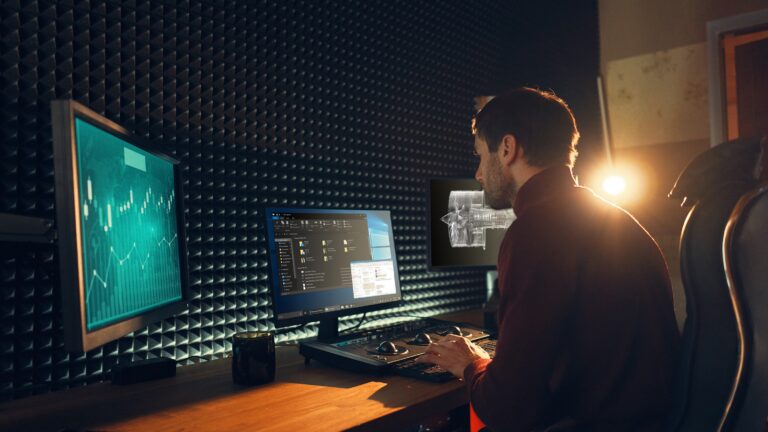 We are entering a new era of AI-powered digital workflow, where Windows 365 Cloud PCs are dynamic platforms that host AI technologies and reshape traditional…
We are entering a new era of AI-powered digital workflow, where Windows 365 Cloud PCs are dynamic platforms that host AI technologies and reshape traditional… Industrial engineers are turning to AI to build advanced process simulation solutions and accelerate progress toward fully autonomous operations in the energy,…
Industrial engineers are turning to AI to build advanced process simulation solutions and accelerate progress toward fully autonomous operations in the energy,…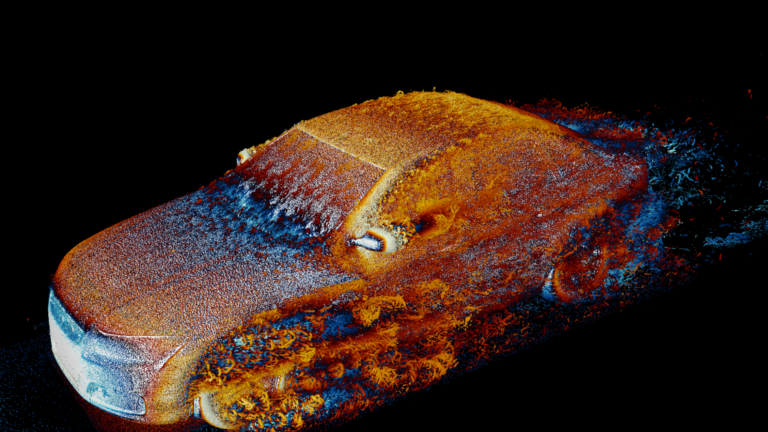 Accelerated computing is enabling giant leaps in performance and energy efficiency compared to traditional CPU computing. Delivering these advancements requires…
Accelerated computing is enabling giant leaps in performance and energy efficiency compared to traditional CPU computing. Delivering these advancements requires…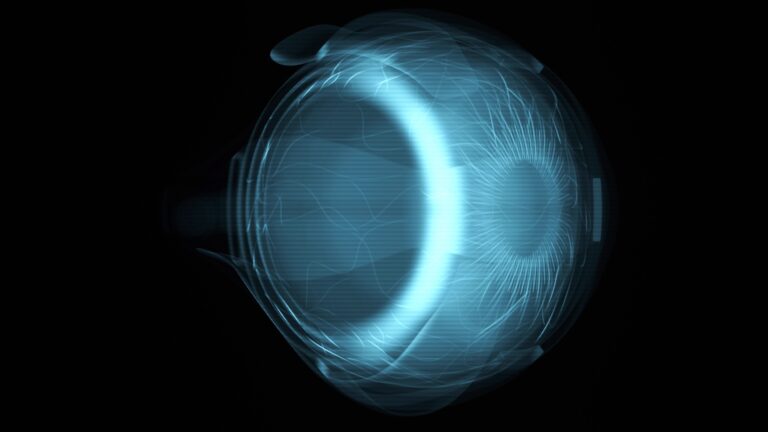 Your eyes could hold the key to unlocking early detection of Alzheimer’s and dementia, with a groundbreaking AI study. Called Eye-AD, the deep learning…
Your eyes could hold the key to unlocking early detection of Alzheimer’s and dementia, with a groundbreaking AI study. Called Eye-AD, the deep learning…